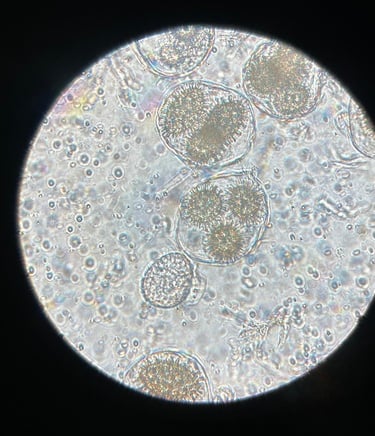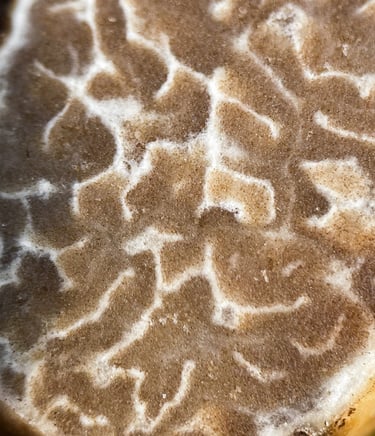Tuber oregonense
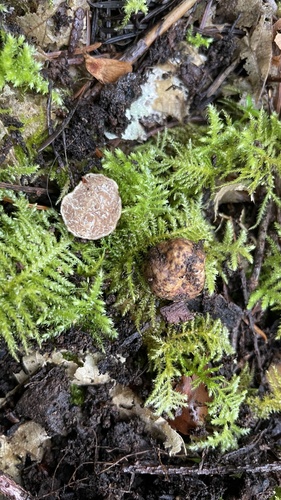

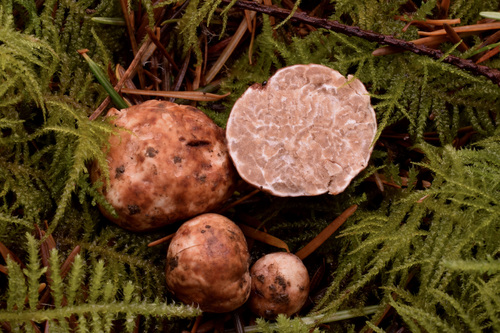

Richard Tehan
Hilary Rose Dawson
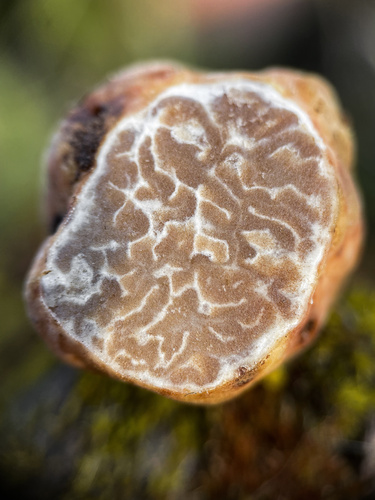

Heather Dawson
The Oregon White Truffle has a distinctive appearance. It is typically small, ranging from about 2 to 5 centimeters in diameter. When mature, the truffle's exterior is covered in a rough, warty, or scaly surface, which can be white to light brown in color. The interior or flesh of the truffle is initially white and firm, but it tends to become marbled with dark veins as it matures.
Description
The fruiting season for Tuber oregonense typically occurs in the late fall to early winter. Specifically, the prime time for truffle hunting is usually from October through January.
Habitat Preferences: Tuber oregonense prefers growing in moist, well-drained soils that are rich in organic matter. It is often found in forested areas, forming mutualistic relationships with the roots of trees like Douglas fir. The truffle's mycorrhizal association with these trees means that it helps facilitate nutrient exchange between the fungus and the host tree, benefiting both organisms.
To locate and harvest Oregon White Truffles, truffle hunters often rely on trained dogs or pigs with a keen sense of smell, as the truffles grow underground and are not visible from the surface. The animals can detect the distinctive aroma of ripe truffles and indicate their location to the truffle hunter.
Please note that truffle hunting regulations and permits may vary in different areas, so it's essential to check local regulations before engaging in truffle hunting activities. Additionally, responsible harvesting practices are crucial to ensure the preservation of truffle populations and their ecosystems.
